We interviewed Aleksei Dmitriev, CEO of Duck Rockets — a Chelyabinsk-based indie studio that creates games for social networks. In 2017 they released their first mobile game, Bon Voyage, and in the spring of 2019 the game found a publisher.
Bon Voyage first hit social networks, then moved on to Google Play. In December of 2019 the game had over 500,000 downloads.
Aleksei shared his insights with Alconost on the following:
- why small local markets are more profitable than Google Play;
- how to boost conversion in Italy and Turkey;
- and whether a game’s heroine should wear a burqa to appeal to Iranian users.
Aleksei, how many projects is Duck Rockets currently working on?
Our primary project at present is Bon Voyage, which we've been working on for several years. It was first released on social networks, then on Google Play and in exotic stores such as those of Iran.
The second is our old standby Witchcraft, a Facebook game. This project has ongoing support: we are constantly developing it (even introducing major features) and releasing updates. Another project, a noir crime-solving game, is more of a hobby: the primary audience is our own office staff and circle of friends.
Tell me how you came up with Bon Voyage. Why did you choose a travel-themed game?
Our previous game was Witchcraft, which was very much a niche project, and this time we decided to target the mass market. And what was the biggest mass market in 2016? Three-in-a-row games. And travel, souvenirs, and selfies are what a major part of our target audience wants.


On what platforms was the game first released?
The first version was launched in September of 2016 on two popular Russian social networks, then it was launched on Facebook and Google Play. It took several months to adapt it for the Android platform.
What made you decide to start with social networks?
Our reasoning was this: we would make an app based on a multi-platform technical engine, which would then let us create the game everywhere (on all platforms).
The game’s launch on social networks was a sort of soft launch, a chance to test the waters of balance, economics, mechanics, and content, and then to launch on Android with minimal issues.
We are currently at the stage of testing out the metrics on Google Play, to ensure that there’s a good basis for moving to the App Store.
Does the game currently pay for itself on Google Play?
It pays for its development, certainly. The next step is to increase the scale.
Tell me when you started working on localization of Bon Voyage.
When we started launching on Facebook, we began translating into the primary languages such as German and French.
In the beginning we translated in-game texts from Russian into English on our own, but today we no longer bother with it: we send our translations into English to the human translation platform Nitro. I like the fact that it's so convenient: all you have to do is copy, paste, and get your finished translation. It's very user-friendly.
Best of all, though, is the ability to translate small texts into multiple languages at once. Other companies charge $100 to translate three words into six languages (since the minimum cost for translation into a single language is $10–$15).

When translations into several different languages are ready in the first ten minutes.
Currently Bon Voyage is available in eight languages: Russian, English, German, Spanish, Italian, Turkish, Persian, and Japanese. What criteria guided your selection of localization languages?
Our logic went like this: "Where do we find the most people and the most money?" Especially the "money" part.
Subsequent languages were added by way of experiment, simply based on where people were coming from. When lots of people began coming from the Play Store in Turkey, we translated the game into Turkish. Next up is probably something like Polish.
Your orders with Nitro also include translations into Polish, Hungarian, and Dutch. Where are these used?
Those are all texts for marketing materials — screenshot captions, Play Store videos. We took the top 15–20 languages, and we translated marketing texts into them.
Why aren't we in a hurry to localize the game into all 20 languages? We have four blocks of text for each of the 26–27 locales. This makes the translation package rather expensive. We have to translate it little by little, one language at a time.
So you end up promoting Bon Voyage in other countries for which it has not yet been localized, testing the response?
It works like this: a person goes into an English-language Play Store, sees English screenshots, says "Ugh!" and leaves. Conversion is low; it doesn't draw people.
But when you localize videos and screenshots, conversion increases immediately. Using this logic we translated the game’s page on Google Play into Turkish, and conversion took off. And once we localized the game, the retention metric went up; people started staying in the game.

Nitro allows you to attach images to your order to clarify the context.
How much has conversion increased, approximately speaking?
Conversion has increased noticeably — first for installations, then for first- and second-day retention. Retention indicators rose by 25%.
We saw something similar with translation into Italian. The Google play listing was translated into Italian, but the game itself was not. Lots of people would install the game, but then they would leave low ratings. The reviews were full of complaints: "No italiano!"
But when we translated Bon Voyage into Italian, the average rating on Google Play increased.
Tell us about localization into Persian and Japanese.
We appeared in Japanese even before we launched on Google Play. It was in a small local store through Japan-based publishers, but the version was web-based, not a mobile app. We also had a publisher in Iran, which has something like their own version of Google Play, but in Iranian.
For the most part the publisher handled the localization, but we translate additional texts ourselves, and this is generally not a problem: we spend a few dollars with Nitro, and the translation is ready in no time.
These two stores, Japanese and Persian — do they generate any profit?
A little, yes. We spent around $1,000 to add the language to the game, and we've made $2,000–$3,000. Not bad at all.
Being an indie studio, we don't have money to burn, so we try out different approaches. Everyone flocks to Google Play and the App Store; no one wants to launch on smaller platforms. Yet there is money to be made where the competition is less stiff.
Small local platforms tend to be used either by the largest companies, which localize their games into every language there is, or by hobbyists, or by locals. But local products are usually pretty boring, and major projects from large companies are few and far between.
I guess that’s why our Iran's gamers are considerably more active than the others, and the retention is noticeably higher than in all our other locales. Apparently there's a deficit of products translated into their native language.
Did you have to adapt the game for the Iranian users and culture?
Not really. There was only one instance when a do-over was required: there was a figure of a scantily-clad dancer in Rio — the Carnival of Brazil, you understand.
At first we thought we would have to put a burqa on the heroine, but they told us, "No, just get rid of the half-naked women; that's all." So we made some changes and put some clothes on her.
How do you promote the game, and what promotion channels generate the greatest number of users?
Currently the game is promoted by the publisher. Historically, most people have come to us via organic traffic, and that remains the case to this day.
We have made promotional videos in which the footage is the same, but the text is in different languages. For these videos we have translated the text into Italian, German, Portuguese, Czech, Polish, Turkish, and others.
The video was translated into eleven languages.
Our thanks to Aleksei for a most interesting conversation. When Bon Voyage comes out on the App Store, come see us and share your success story! :)
Need to translate your mobile game?
or book a call with us


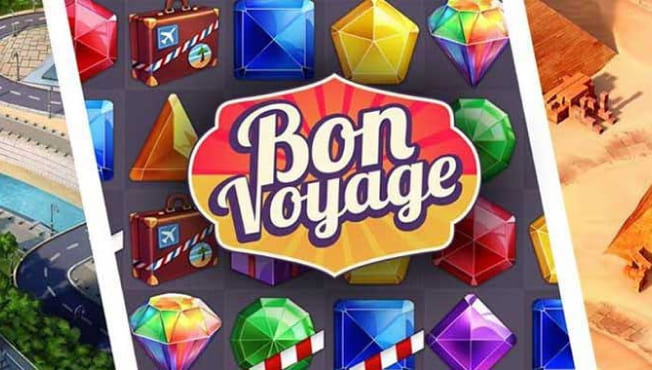
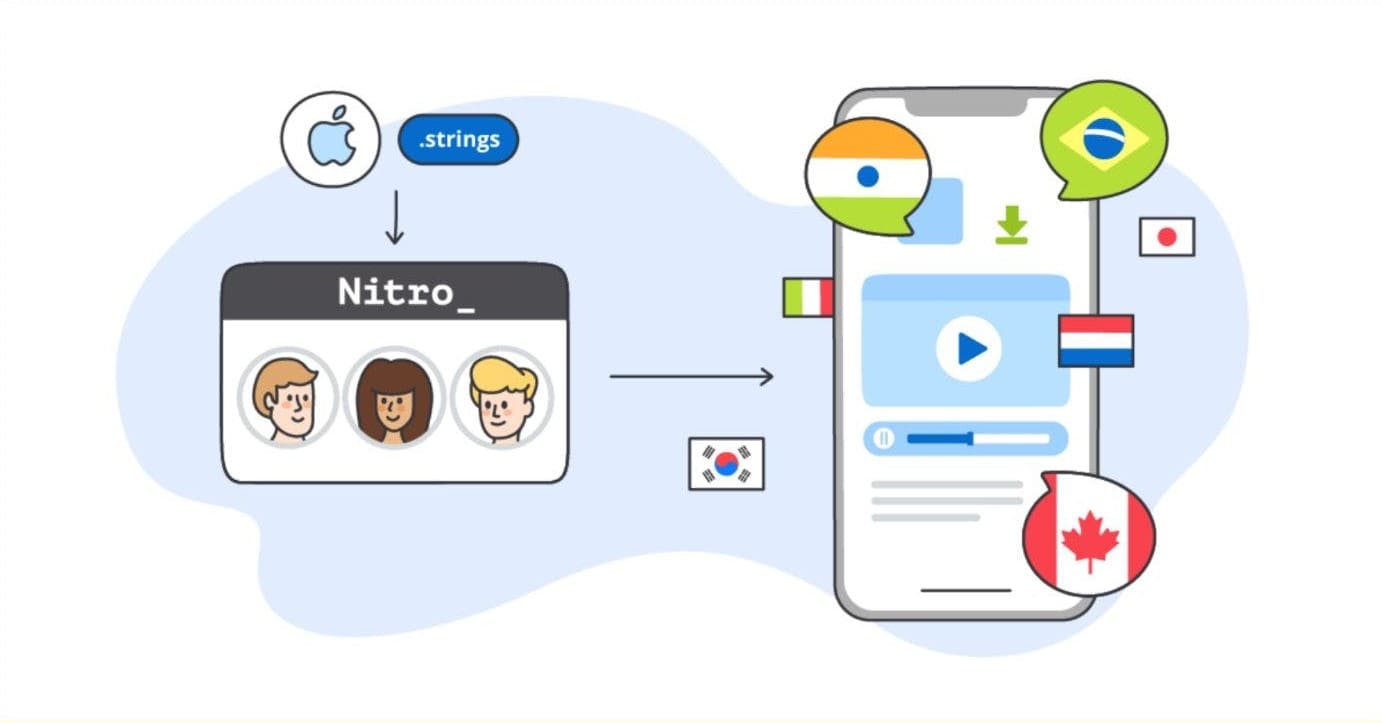
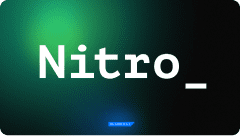

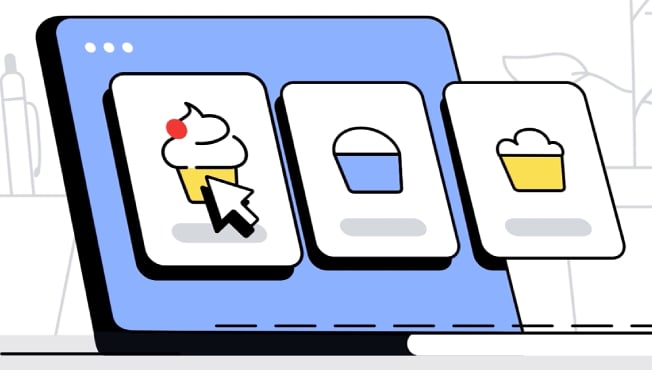
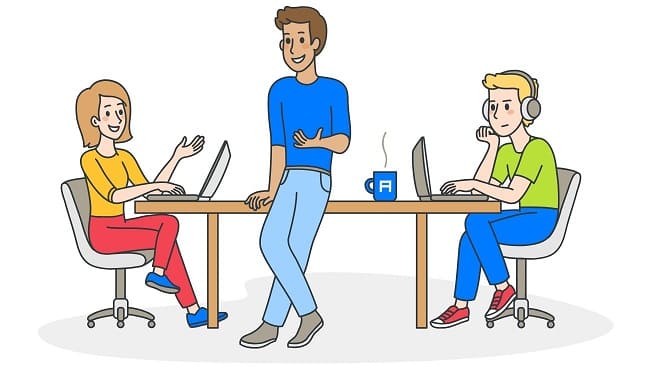

«With urgent translations, the devs give you a text and they need to have it translated into six languages ASAP. And I'm running around in search of six translators for a few lines of text. It's a nightmare.
But with Nitro there's none of that running around looking for six translators: I just insert the text and send it off, simple as that. Within 5 minutes I receive an email: translation into three of the languages is already complete. That's really perfect; I really love that. Practically ideal self-service.»
Alexey Dmitriev
Duck Rockets CEO